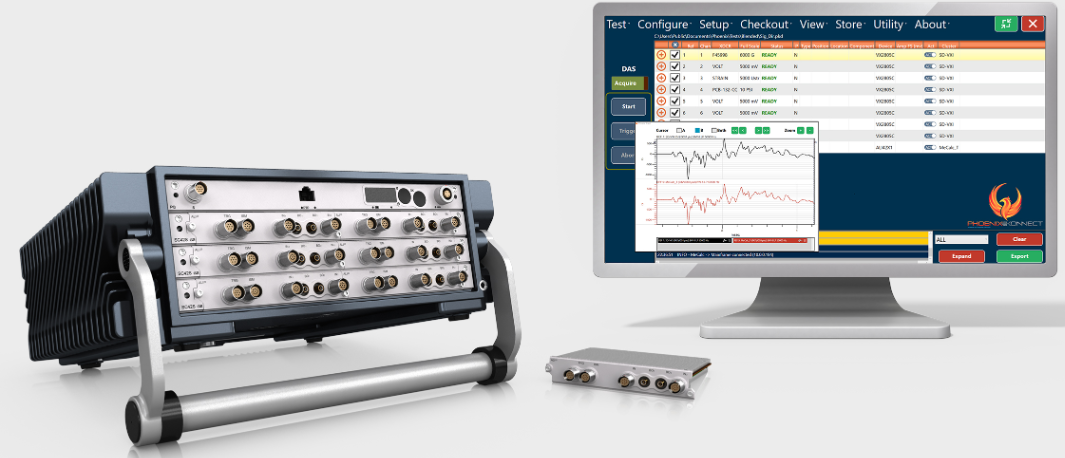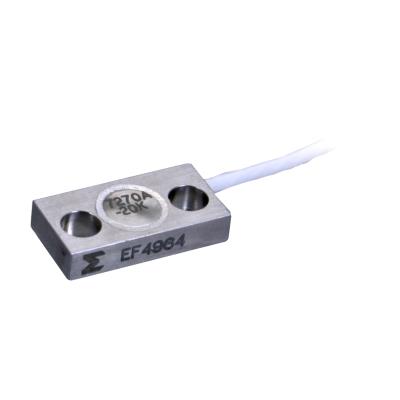Publications

Shock testing for the 21st Century
READ MORE
G. Mark Remelman - 2025
In the late 80’s and Early 90’s shock (high speed transient testing) systems were limited to wiring multiple discrete subsystems together to make a data system. You had card / board level signal conditioners, digitizers, controllers and often separate memory. It was up to the integrator to come up with a system specification and some means of validating these specs. The late 90’s and early 2000’s saw the inclusion of DSP chips and over-sampling ADC’s (Sigma Delta Converters) added to these configurations, but now the discrete building blocks could be condensed into a single board or box package. By combining the discrete functions into one package and using DSPs to do the housekeeping it became possible to produce high reliability high accuracy data acquisition systems. These systems have end-to-end specifications which simplifies the task of evaluating their performance. The key is to understand what these specs mean and how do they help you take good data. This paper will help take some of the mystery out of choosing what is right for your application.

Gunfire Measurements with
Broadband Triaxial Piezoresistive Accelerometers
READ MORE
G. Mark Remelman - 2011
Gunfire simulations are important for evaluating new mobile and fixed weapon systems and components with realistic survivability testing criteria. With field component failures of sophisticated accessories, there are increasing demands for better testing regimens. The data necessary to develop a database to accurately quantify this pyroshock environment are being measured for two automatic weapons. Recent live gunfire measurements were made using the highest fidelity measurement techniques available. Single live gunfire and multiple live gunfire measurements (single and three round burst) have been evaluated according to MIL-STD-810G Method 516.7 for Shock. These data highlight the requirements for validating model against live gunfire data.

High Bandwidth Measurement Systems Push Limits of Transducers and Techniques
READ MORE
G. Mark Remelman - 2002
A problem facing LLNL was the previous Primary Target Chamber (PTC) testing had not succeeded in characterizing the failure modes of the PTC pressure seals. Breeches in the PTC pressure seals were observed from previous PTC tests...